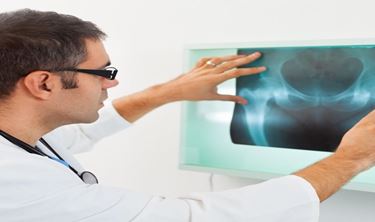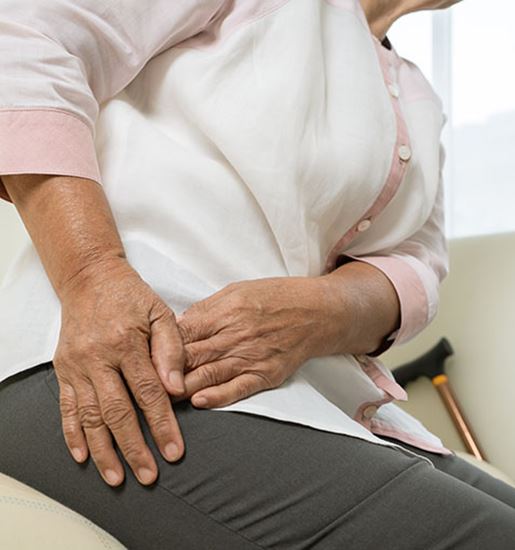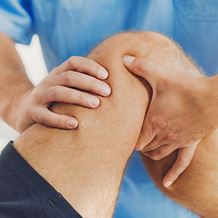
We provide specialist care and expertise for a wide range of problems affecting your hips including total hip replacement, revision hip replacement and hip arthroscopy.
- Home
- Services
- Orthopaedics
- Hip Orthopaedics
Hip Conditions & Our Treatments
I have a hip condition, what are my next steps?
If you have been experiencing hip pain and are concerned that you may need a hip replacement, the first step is to make an appointment with your GP. You doctor will be able to perform a series of tests, including a physical examination, to identify the nature and location of the problem. Sometimes, further tests may be necessary such as an X-ray or ultrasound.
Once your doctor has confirmed the results, you can discuss suitable treatment options available to you that will achieve the best outcome and recovery. Should your doctor consider a hip replacement or other hip surgeries, you will be provided with a referral for a consultation with an orthopaedic hip specialist at your nearest St Vincent’s Private Hospital.

-
Step 1
GP
ReferralSee your GP about getting a referral for your specialist appointment at your nearest St Vincent’s Private Hospital.
-
Step 2
Specialist
ConsultationTalk to our world-leading specialists about the most suitable treatment options available to support your needs.
-
Step 3
Your
TreatmentWe are with you every step of the way. Our team of experts will support you through your hospital admission, procedure and rehabilitation.
-
Step 4
Your
RecoveryOur rehabilitation team support you in your recovery beyond surgery. Our rehab programs are designed to make you feel independent and confident as you regain your strength.
Find an orthopaedic specialist
Find a specialist
Frequently Asked Questions
For patients without private health insurance, we offer self-funded hip replacement surgery options. While detailed costs vary depending on individual circumstances, our team can provide an estimate and guide you through the process.
The cost of surgery is dependent on a number of factors that will vary by patient. These include Medicare rebates, your level of private health insurance (if you have it) and the cost of your surgical team, which can differ between surgeons and hospitals.
If you are suffering from significant pain which prevents you completing your everyday tasks, this is a sign that you should seek specialist advice as you may benefit from a hip replacement procedure. Although this operation is traditionally associated with older patients, it can be the appropriate course of action for anyone who is suffering from common symptoms such as:
• Recurring hip and knee pain, especially when walking or during exercise
• Difficulty getting up or down stairs
• Disturbed sleep caused by pain from hip movement
• Limited relief from anti-inflammatory drugs, or other therapies



